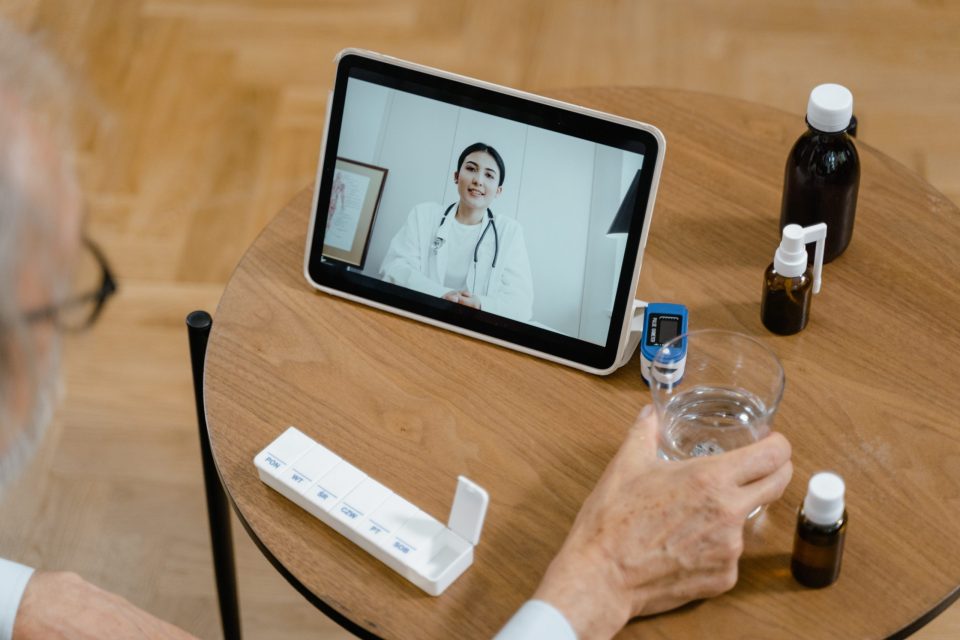Though various underserved populations, like those living in rural areas, are still lagging in digital health adoption, some groups are using these tools at higher rates.
While evaluating consumer adoption of digital health in 2021, researchers from Rock Health found that certain populations, such as Medicaid members and LGBQA+ individuals, are using tools like live video telemedicine and wearables at higher rates than their counterparts.
Rock Health has conducted a survey every year since 2015 that aims to uncover trends in digital health adoption and use. The 2021 Digital Health Consumer Adoption Survey was completed last August and polled 7,980 adult consumers. Researchers acknowledged that the report does not consider factors such as disabilities, nor is it representative of all communities.
The first main takeaway was that rural communities are still facing barriers to virtual care. Specifically, the survey found that those who reside in rural areas do not partake in video telehealth visits as often as their urban and suburban counterparts, own fewer wearables, and do not track health metrics digitally as often.
Further, 88 percent of rural residents trust health information from a doctor, higher than the 52 percent who trust online resources.
“This reinforces the role that rural clinicians play in bridging community trust gaps, and the need to invest in digital infrastructure for these providers,” the report states.
During the COVID-19 pandemic, several efforts were made to connect rural residents to health resources and help clinicians deliver care to these communities more efficiently.
For example, a program that began in April 2021 offered a $13 million reward for providers who made telehealth a resource for overcoming rural health disparities.
Rock Health researchers also found virtual care use among people covered by Medicaid programs, representing 20 percent of the national health expenditure.
Those enrolled in Medicaid were more likely to own a wearable (39 percent) compared with those on Medicare (29 percent) and those who are uninsured (20 percent). Medicaid members are also more likely to track their health digitally.
But Medicaid members were less likely to use live video telemedicine, instead preferring to use live phone telemedicine and text messaging with a clinician.
Increasing digital health adoption among both Medicaid and Medicare beneficiaries has been a key goal in recent years.
For example, a bill submitted by a California legislator in January 2020 aimed to increase telehealth coverage for Medicaid beneficiaries. The bill, AB 2007, stated that providers could deliver care through telehealth without an initial in-person visit.
Women of color are also among the population who come up short in virtual care use, the Rock Health study shows. This is surprising as women typically seek healthcare at higher rates than men, the researchers stated.
The 2021 survey from Rock Health also reported that compared to 2015, women were more likely to use virtual care in 2020. But this was not true of certain ethnic groups, with only 30 percent of Indigenous American Women reporting satisfaction rates when using telemedicine, lower than the 35 percent of Asian women and the 55 percent of White women.
Numerous efforts have been made to deploy telehealth to improve care for women.
In February 2021, a package of 12 bills was passed that intend to eliminate racial disparities in maternal health. The package, known as the Black Maternal Momnibus Act of 2021, asked the Centers for Medicare and Medicaid Services to develop payment models that focus on integrating telehealth into maternal programs.
Finally, the 2021 Rock Health survey showed that the LGBQA+ community uses digital tools, like live video telemedicine, wearables, and digital health tracking, at higher rates than their cisgender counterparts.
Further, 61 percent of transgender respondents were more satisfied with their live video telemedicine interactions compared to a previous in-person visit.
But discrimination against people in the LGBQA+ community is still rampant, and researchers reported that 85 percent of transgender people postponed their needs in 2021 due to a fear of discrimination.
Some organizations are working to educate providers on delivering competent care to this population.
In February, Open Door Health opened LGBTQ+-focused healthcare centers to provide this population with culturally congruent care.
Written by Mark Melchionna May 19, 2022 | Photo by Tima Miroshnichenko on pexels
